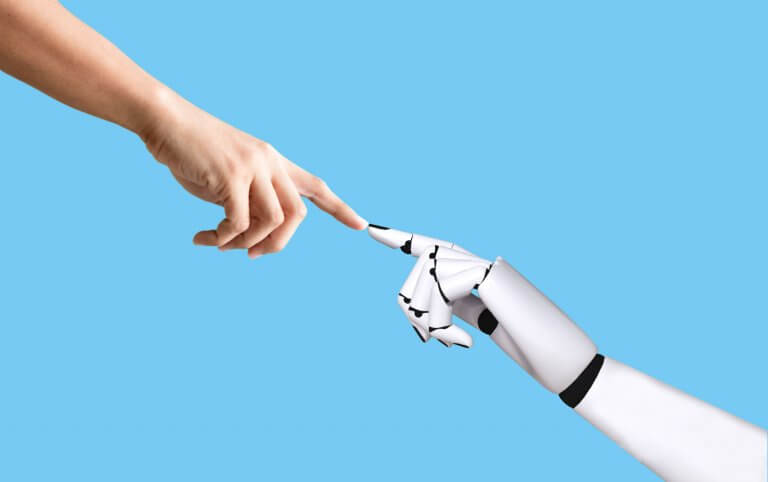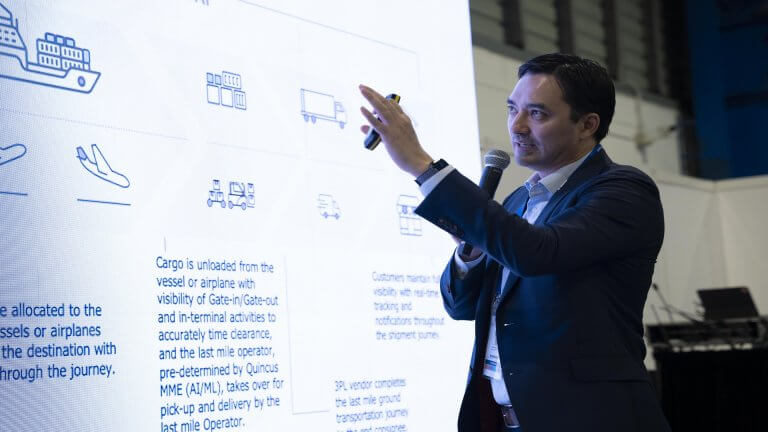
The AI-driven path to sustainable logistics: A new paradigm in logistics
“My logisticians are a humorless lot … they know if my campaign fails, they are the first ones I will slay.”
— Alexander
Building accountable, sustainable supply chains
Sustainability is as simple as focusing on constraints. By building algorithms that understand these constraints and offer intuitive solutions, we can confront issues of the status quo—those challenges that continue to affect the world like hunger, climate change, workloads, waste, and stagnant markets.
Let’s take a look at how AI creates opportunities for innovation across all industries to help meet the UN’s Sustainable Development Goals.
Responsible consumption and climate action
We deal with affordable and clean energy constraints. On the other hand, Tesla opts to make bigger batteries, mirroring the current fuel paradigm. While driving electric has its environmental pros, it has demons comparable to gas and oil. Firstly, most electric vehicles are charged using electricity derived from fossil fuels. Additionally, building a Model 3 generates 63% more carbon emissions than a Toyota RAV4 (although generating about 77% fewer emissions over the vehicles’ lifetimes).
Quincus offers a different business model, as well as the technology to move from model to motion via optimization and simulation. Our technology reduces miles and gas consumption by determining the best routes, optimizing weight and volume utilization, and more.
Of course, by reducing carbon emissions, we promote responsible consumption and climate action. But we can do much more.
Health, hunger, and well-being
For starters, we can optimize networks to deliver food, water, and other necessities to any region worldwide. With drones, we can reach harder-to-access areas, despite geographical challenges, to eradicate world hunger. We can do the same to deliver medicines and vaccines on time and fill countless other gaps that affect good health and well-being.
Work and economic growth
Amid an ongoing driver shortage and on the verge of a global recession, supply chains lack the capacity to maintain delivery promises. That leads to a variety of issues, from food waste and spoilage to delays and costs.
Employers can save such expenses by adopting technology that optimizes capacity utilization, ultimately reducing the number of vehicles and resources needed. Drivers can operate more efficiently with optimized routing and communication software that enables first-attempt delivery success. By refusing to waste time and energy, companies promote decent work and economic growth.
Quincus AI: Transforming logistics operations with AI
How can Quincus AI transform logistics operations? A mathematical answer—and a rather nerdy one—is that we build algorithms that can confront these various constraints through machine learning and combinatorics.
Quincus acts as a business operating system for users such as shipping, express, parcel, and airline companies. In addition, we use our software as a service (SaaS) technology to design sustainable logistics. Notably, we use a combination of deep learning and multi-agent reinforcement learning to simulate months of operations in a few hours or, at worst, days. Then, we help design new business models and build new networks, which will make logistics greener.
See what Quincus’ technology can do for your operations.
Generate your solution
Written by Christophe Pennetier
Continue reading:
Part 1: The AI-driven path to sustainable logistics
Part 2: The AI-driven path toward sustainable logistics: The impact of optimization
Part 3: The AI-driven path to sustainable logistics: The promises of simulation
Part 4: The AI-driven path to sustainable logistics: A new paradigm in logistics
Subscribe to keep up with our latest news









